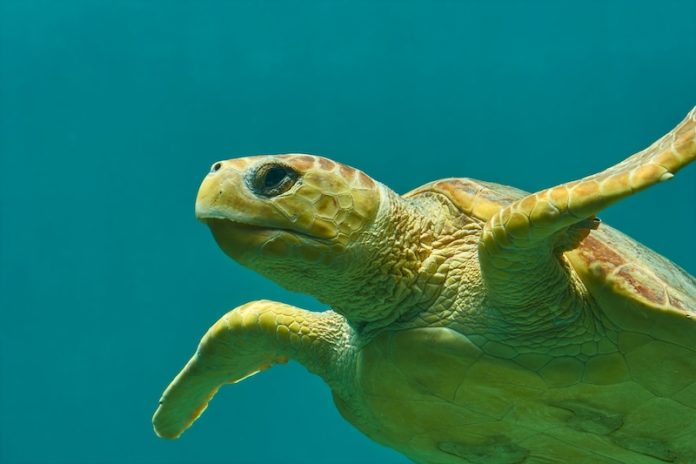
In a study that reads more like a tale of Halloween horror, researchers have made a shocking discovery in the Mediterranean Sea. Among the debris found in the stomachs of dead sea turtles were various plastic items, including a Halloween toy that once belonged to a child’s costume.
This study, carried out by the University of Exeter and the North Cyprus Society for the Protection of Turtles (SPOT), examined 135 loggerhead turtles that had either washed ashore or were accidentally caught in fishing nets off northern Cyprus.
Alarmingly, over 40% of these turtles had ingested macroplastics—pieces of plastic larger than 5mm. The assortment of plastics found was disturbing, with items ranging from bottle tops to a rubber witch’s finger from a Halloween costume.
The researchers point out how such objects, once part of everyday human life, embark on a perilous journey into the natural habitats of these marine creatures.
The case of the Halloween toy, which possibly resembled a crab claw to the unsuspecting turtle, highlights the grave reality of plastic pollution and its impact on marine life.
In total, the study identified 492 pieces of macroplastic inside the turtles, with one unfortunate turtle having ingested 67 pieces. The variability in the amount of plastic found in turtles from the same region raises questions about the factors influencing these differences.
Furthermore, the study revealed that turtles showed a preference for certain types of plastics, particularly those that resemble their natural prey in shape, color, and texture.
Most of the plastics were sheet-like and either clear or white, with polypropylene and polyethylene being the most common materials. This suggests that turtles are more likely to ingest plastics that mimic the appearance of their food sources, such as jellyfish or crustaceans.
The long-term health effects of macroplastic ingestion on turtles are still not fully understood, but the potential for blockages and nutritional limitations is concerning.
Despite the grim findings, the study observed that the rate of macroplastic ingestion among turtles did not increase over the decade of research (2012-2022), remaining stable instead.
This stability was noted in both turtles that had washed ashore and those caught as bycatch, indicating no significant change in plastic ingestion rates over time.
This research not only sheds light on the severity of plastic pollution in the eastern Mediterranean but also underscores the need for further investigation.
The study’s authors suggest that to use loggerhead turtles as an effective bioindicator for plastic pollution, larger sample sizes and the inclusion of other species, such as green turtles, are essential.
This broader approach would provide a more comprehensive understanding of the scale and impact of plastic pollution on marine ecosystems.
Published in the Marine Pollution Bulletin, these findings call for urgent action to address the plastic pollution crisis.
As creatures like the loggerhead turtles bear the brunt of our plastic consumption, it becomes imperative to rethink our relationship with plastic and take meaningful steps towards reducing our environmental footprint.
The journey of a child’s Halloween toy to the stomach of a sea turtle is a poignant reminder of the far-reaching consequences of our daily choices on the planet’s most vulnerable inhabitants.
The research findings can be found in Marine Pollution Bulletin.
Copyright © 2024 Knowridge Science Report. All rights reserved.



